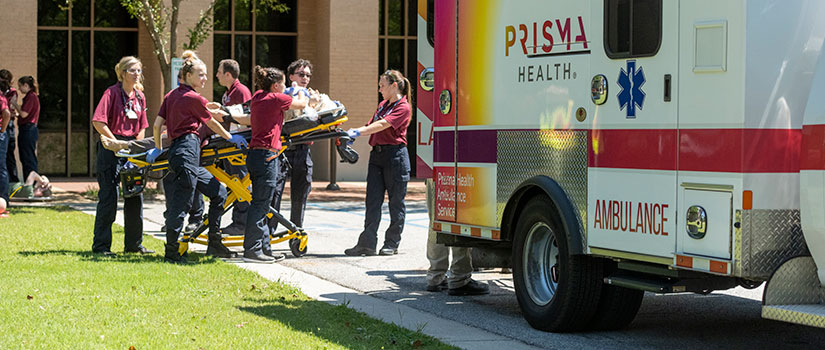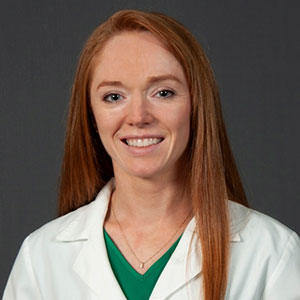Your EMT Experience
EMT training takes you behind the scenes to get a first-hand look at many of the challenges and issues in health care delivery. Seeing patients in their homes provides you with valuable insight about their care needs that you can’t learn from a hospital setting alone.
Become immersed in the clinical environment right after orientation. Get to know your classmates before you dive into the traditional curriculum.
Once certified, you will work as an EMT for 12 hours per month, with teams on ambulances and in the emergency department. EMT service will help build your skills in communication, focused patient assessment, documentation and patient safety. And you’ll link classroom learning to real-world clinical settings.
Throughout the program, you will keep patient logs and reflect on your experiences and how they relate to your integrated practice of medicine modules. Your EMT experiences may also inspire patient-centered research projects.
Disaster Day
Each year, USC School of Medicine-Greenville and Prisma Health-Upstate host a disaster exercise that caps off M1 EMT training. The event, made possible by a grant from the Fluor Foundation, tests the readiness of local emergency responders through realistic simulations of life-threatening events.
The drill brings together an interdisciplinary team that includes prehospital and hospital clinicians, students from USCSOMG and Clemson University Nursing, faculty and staff of the respective institutions, and law enforcement, to deliver a coordinated response.
To enhance the experience, organizers go to great lengths to capture the sights and sounds of an actual disaster event.

